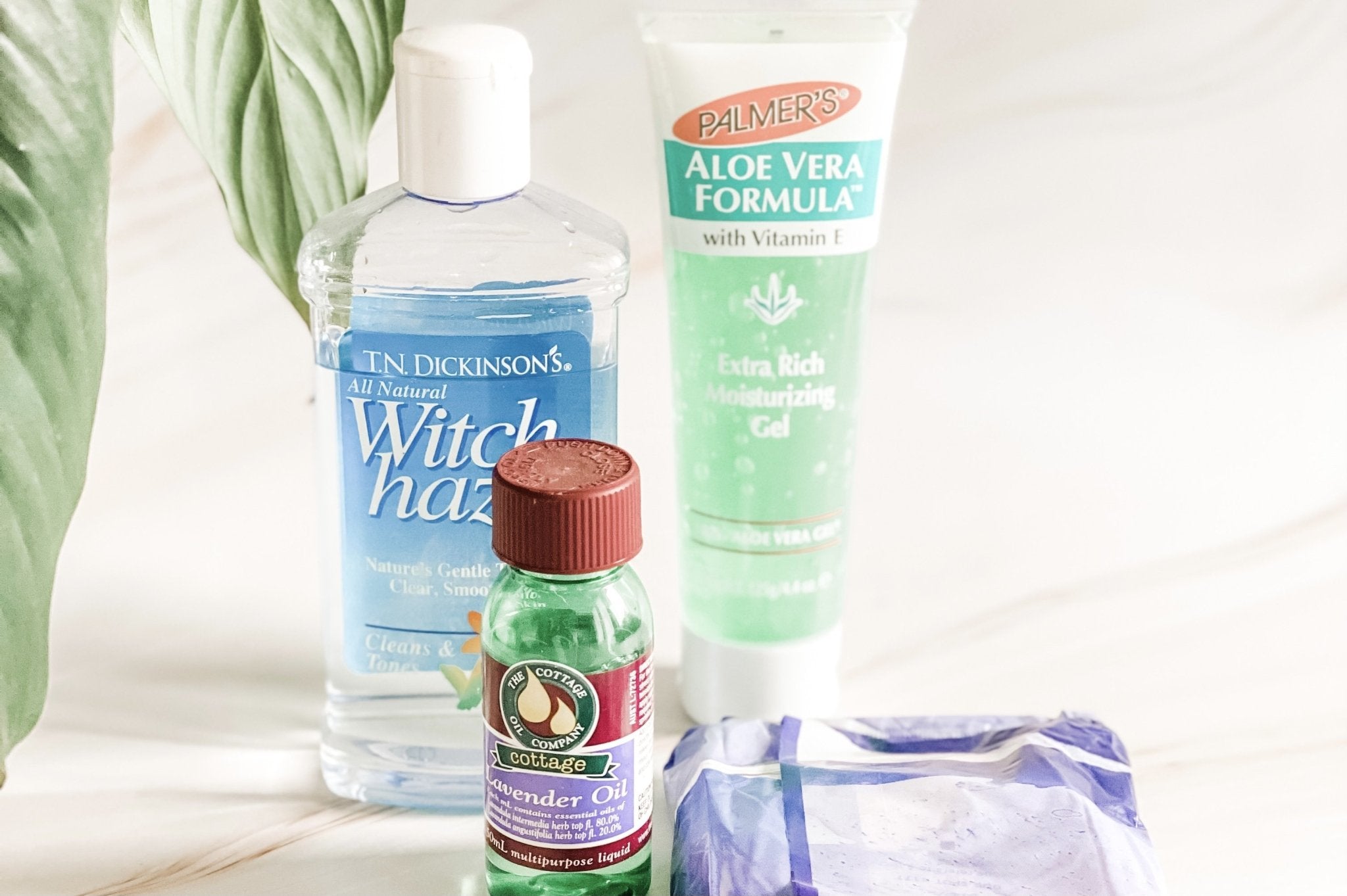Padsicles are sanitary pads chilled in the freezer. Wearing them can help soothe pain and discomfort after a vaginal birth.
Let’s be real: childbirth comes with many surprises no one prepares you for — adult diapers, peri bottles, catheters, delivering the placenta, and that unexpectedly painful “first” bowel movement. One thing that likely isn’t shocking, though, is the soreness and tenderness in your intimate area after a vaginal delivery.
Vaginal bruising, swelling, and stitches from tearing are common after childbirth. Sure, the pain will fade and eventually feel like a distant memory. But in the moment, you’ll try almost anything that promises relief.

You can’t simply wish the pain away. Still, there are strategies to make recovery more bearable. Some people sit on a cushion or an ice pack, while others get a little inventive and use a padsicle (a chilled sanitary pad) for comfort.
What is a padsicle?
A padsicle (a blend of pad and Popsicle) isn’t a product you typically buy in stores. Though the concept of using a cold or frozen sanitary pad might be new to some, padsicles can be invaluable during postpartum recovery.
A padsicle is essentially a sanitary pad that’s been chilled or frozen and then placed in your underwear to alleviate pain and support healing after vaginal delivery.
These frozen pads are incredibly helpful after childbirth. They not only reduce pain but also minimize swelling, bruising, and discomfort related to hemorrhoids and vaginal stitches. Best of all, you can whip up padsicles at home quickly.
Many women prepare a batch of padsicles in their third trimester — when they still have energy and mobility — and keep them in the freezer until needed.
Of course, you don’t have to make them before your due date. With all the nesting and prep, you may run out of time. Remember, you’ll likely be tired and sore after delivery, so a DIY task might be low on your priority list.
That said, the ideal time to make a stash of padsicles is during the final month of pregnancy so you’re prepared. If you haven’t made them ahead of time, it only takes a couple of hours to chill them in the freezer and get them ready.
You don’t have to use padsicles to find relief — sitting on an ice pack can also help. However, padsicles are unique because they’re infused with natural ingredients that support healing and they fit directly into your underwear. That can speed up comfort compared with simply sitting on an ice pack.
How to make a padsicle
Now that you know why frozen sanitary pads are useful, how do you create your own? You only need a few basic items that you may already have at home (if not, product links can help you find them online).
Supplies:
- aluminum foil
- overnight sanitary pads
- alcohol-free witch hazel
- 100% pure lavender essential oil
- 100% pure unscented aloe vera gel
Step-by-step instructions:
Step 1. Lay out a sheet of aluminum foil on a countertop or table. You’ll need enough foil to wrap around a sanitary pad.
Step 2. Open a sanitary pad and place it on the foil. The pad’s adhesive backing will stick to the foil. Remove the paper tabs to fully spread the pad.
Step 3. Generously apply unscented 100% pure aloe vera gel over the pad. If your aloe vera is in a jar, use a spoon to spread it. Aloe vera has anti-inflammatory and pain-relieving properties that may help reduce swelling and acute discomfort. Ensure you’re using pure aloe vera without added chemicals or fragrances.
Step 4. Use a clean finger to distribute or rub the aloe vera evenly across the pad.
Step 5. Pour or spray alcohol-free witch hazel onto the pad. Witch hazel may help decrease swelling, pain, and bruising, and can soothe itching and inflammation from hemorrhoids.
Step 6. Optionally add 1 to 2 drops of lavender essential oil to the pad. Lavender has anti-inflammatory effects and a calming scent that may help ease stress and anxiety.
Step 7. Fold the foil over the pad and place the wrapped pad in the freezer for at least an hour.
Consider making several padsicles at once so you have a good supply after delivery.
While you want to apply plenty of aloe vera and witch hazel, avoid oversaturating the pad. Too much liquid can reduce the pad’s ability to absorb postpartum bleeding, potentially causing leaks and a messy situation.
Using aluminum foil helps prevent pads from sticking together in the freezer. If you don’t have disposable pads, you might consider cloth pads instead.
Cloth pads are an option, but they don’t wick moisture like disposable pads. If your postpartum flow is heavy, you’ll need to change cloth pads more often and they may be less comfortable than disposables.
How to use padsicles
When you’re ready to use a padsicle, take it from the freezer and let it thaw a few minutes so it isn’t unbearably cold. Since a padsicle is simply a sanitary pad, wear it inside your underwear as you would a normal pad.

You can also wear a padsicle inside an adult diaper, which may be better if you have heavy postpartum bleeding. An adult diaper gives extra protection when a pad alone can’t absorb the flow. Padsicles can become messy when they’re very wet. As your bleeding eases, you can switch back to regular underwear.
Although a padsicle’s cooling effect will fade over time, the witch hazel and aloe vera continue to provide soothing benefits.
When the cooling sensation diminishes, swap the padsicle for a fresh one or wear a standard pad for a while. As a guideline, change a padsicle at least every 4 hours, the same as a normal pad.
Takeaway
Between postpartum bleeding and soreness after vaginal birth, easing discomfort down there can require a bit of ingenuity and a simple DIY approach. Padsicles aren’t sold in stores, so if you want the relief they offer, you’ll need to make them yourself and stock up before your due date — you’ll be happy you did.


















Leave a Reply
You must be logged in to post a comment.